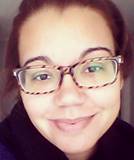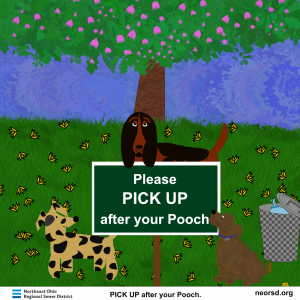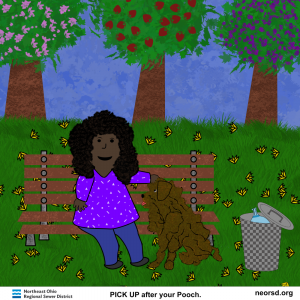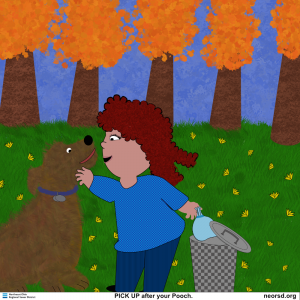Originally published in 2016 – Zealousness Issue #2
We are all aware that anybody interested in pursuing a career in education needs to learn how to teach. The history of how this process started and how it has been evolving so far can take us into different scenarios and social contexts, from behaviorism to constructivism, from Socratic styles to objective-oriented ones.
It is not my aim to review those theories, but to go a step further and consciously reflect on how teachers are currently taking into practice what they learned and if any instance exists where we stop, look around us, and adjust our methods.
I remember that my first years of teaching were full of excitement and hard work – my dream was to become a “one-of-a-kind teacher,” the one that you still remember when you grow up. But after some time, I was finding myself stuck with apparent fixed routines I had adopted, which were not exactly those related to administrative matters but had to do with how I was developing my planning and executing it. I somehow was repeating schemes and patterns that I thought worked well for my class, always attempting to be creative and to give space to constructive thinking, but I was failing. For some of my students, my well-learned and now almost “automatic” lessons were not working.
One day, I was teaching the concept of “culture and folklore” to second graders, kids between eight and nine years old. Yes, it was not an easy topic, but I needed to do my best to help my students build this concept. The first activity I planned didn’t work out well. I tried to incorporate elements from literature, and it just didn’t “click” in their heads. That was the time when I decided to stop and rethink. I needed to re-learn how to teach this concept. Or maybe, I needed to re-learn how to teach completely.
I realized I had moved into a dangerous comfort zone, and that while it was very easy for me to go ahead and present my contents over and over in the same old way, my groups of students were each year more diverse. Were they smarter each year? Maybe. But, what does “being smart” mean anyway?
So after many days of reflection, researching, and re-learning, I came to the conclusion that my students were not “smarter.” All my students had always been “smart,” meaning that all of them had always had the capability of perceiving information and were ready for the next step: to build it and retain it within so it could be applied in other instances.
And that was exactly where I needed to fit, in helping them right then and there, right when they were ready to jump into the next step and start building a concept. That was where I needed to train them, guide them, and show them how to relate these new concepts with those they already knew and give them enough freedom of choices, enough examples, and enough scenarios for them to move forward. That was where I had gotten lost, but that was exactly when I mastered the art of observing. I was re-learning how to teach while I was helping my students learn how to learn. I was observing them and learning that each one of them had a particular way of processing information, and that while there were some more interested in staying still and listening, others were willing to move around and experiment.

My New Classroom Approach
Of course, in a class of thirty-six kids, things can get very hectic while trying to avoid homogeneity. Of course, it took me long hours of observing them while still dealing with the daily schedule, the core contents, the administrative paperwork, the homework assessment, and the parents’ meetings. I worked longer, harder, and more consciously.
The next time I had to teach the concept of culture, we organized the class into groups. We met our five new friends, beautifully and colorfully drawn by Miss J. (myself), who were wearing their own country’s T-shirts. They had just arrived at our school with their travel luggage, but unfortunately, it had been misplaced. Now they didn’t know which one belonged to whom. So, Miss J. said, “Why don’t we help our new friends recover their bags? Let’s open them and see if we can figure out which one belongs to whom.”
The rest is a beautiful story of cultural exchanges of their own lived experiences: somebody had seen on TV how Japanese people use chopsticks to eat and was able to talk about it when they found them in a bag. Somebody else who was from the north of the country, where music is very similar to that in Bolivia, found an instrument inside a bag which happened to be one he knew how to play, and so he did. Some other kid whose parents were from Uruguay immediately identified the flag.
Yes, it was a great lesson but not just because we learned about the culture. Years after I had stopped working for that school, one time, I was back in town and came across one of my old students from the class. She was a grown-up teenager now, but she stopped me and said, “Miss J.? Is this you?! I am so happy to see you again! I still remember you. Do you remember me? From the bags class?”
This is the reason why I chose to become an educator and why I encourage every educator to take some time to stop the clock in this fast-paced world where we live now and really understand that we are here to make a difference. We are here to give opportunities, open minds and paths, and show options.
Let’s give everyone, students and teachers alike, the chance to learn and re-learn.























